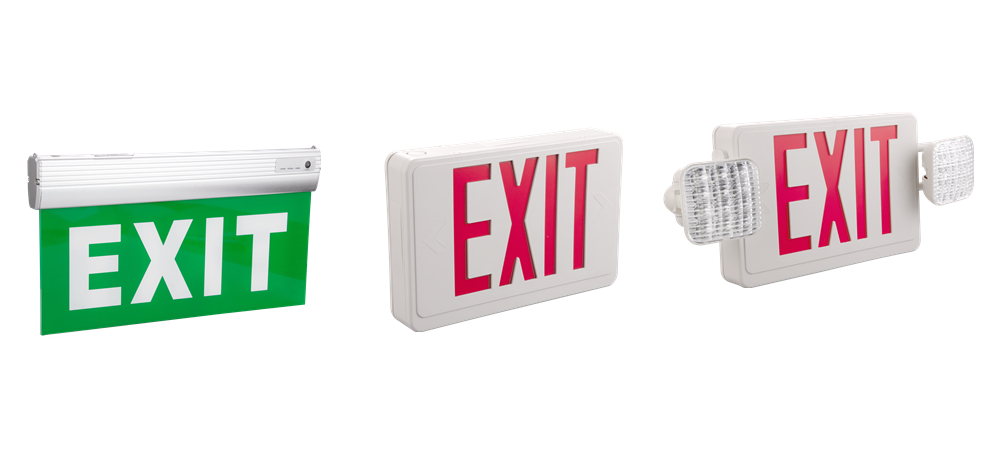Internet of Things spawns new standards for wireless technology
Focusing on the future of the Internet of Things (IoT), the industry is working on emerging wireless technologies for everything from wireless charging to millimeter-wave radar; according to researchers at the Belgian Microelectronics Research Center (IMEC) It indicates that the current latest tasks involve several of these networking standards.
The new 802.11ah standard is designed to perform low-power Wi-Fi over 900MHz in the 1km range and is the most promising new radio. "We think this new standard is the best choice for IoT when it comes to smart homes and buildings with Wi-Fi routers," said Kathleen Philips, head of the ultra-low-power wireless research program at Holst Center. Holst Center is IMEC's ​​partner in the Netherlands.
The home building automation market has always had a variety of wireless protocols that are incompatible with each other, including EnOcean, 6LoWPAN, WirelessHART, ANT and RF4CE, and most require the use of their own gateways. Philips said, "The expansion of the Wi-Fi definition is expected to bring catalysts to these markets as it will use existing infrastructure for communication to address interoperability issues."
Philips' team is designing a new .11ah chip with the goal of delivering 100kbit/s over a 1km range with 12mW peak power consumption and 5mW receiver power consumption. "As this promises to become a new mass market, suppliers will be able to differentiate in terms of cost, battery life, durability and distance," she said.
Holst is also working on far-field RF wireless charging technology up to 5-10 meters away, which is expected to replace inductive charging technology that requires tight coupling of the coil. The new far-field RF wireless charging technology is specifically designed for IoT devices that cannot be easily moved to match sensing technology and cannot achieve other energy sources.
"With 3W equivalent isotropic radiated power (EIRP) transmitted in the 915MHz band, we can continuously collect 30mW from energy sources up to 5 meters away," Phillips described her team's current work.
In addition, Holst's research team is working on a wireless personal area network with a power consumption of 5.1mW, which has a sensitivity of -95dBm and supports Bluetooth 4.0, IEEE 802.15.4 and Zigbee protocols. In addition, the team is also working on a wireless technology for smart buildings that consumes 4mW in receive mode, has a sensitivity of -120dBM, and supports multiple protocols.

Researchers are optimistic that millimeter-wave wireless technology will bring a wide range of applications.
In the high-end arena, another group of IMEC researchers are optimistic that the 60-90 GHz 亳-wave spectrum will spawn many large-scale market applications, from automotive radar to 5G wireless links.
At the beginning of this year, IMEC released its research progress on 79GHz radar transceivers. The 79GHz radar transceiver using 28nm CMOS process can achieve more than 10% efficiency at that time. Today, the team is measuring the latest work and expects to integrate the transceiver into a 2 square centimeter phased array antenna SoC.
According to Liesbet Van der Perre, Scientific Director of the IMEC Wireless Research Group, this millimeter wave design will benefit from new advances in large-scale MIMO antennas. She expects 2020 base stations to use the technology at 1.17 Gbit/s
Provides a backhaul network connection with a power consumption of approximately 90W. This technology has advanced significantly compared to the current base station's power consumption of about 700W at 270 Mbit/s.
IMEC is leading a research program in collaboration with the European Union (EU) to develop core algorithms for algorithms, DSPs and RF for large-scale MIMO. "It's not a typical MIMO, it's a new mechanism, and it's very destructive," she said.
In addition, Van der Perre also discussed the initial research work for 5G reconfigurable 10Gbit/s RF modules. This 5G technology will integrate research in the past with fundamental frequency, transceivers and frequency-adjustable front-end modules.
The team's focus is on CMOS – she claims that CMOS is expected to achieve millimeter-wave performance at 20nm process nodes.

IMEC believes that CMOS will achieve SiGe millimeter wave performance at 20nm.
The Emergency Exit Lights Led for business, suitable for residential and commercial illumination, churches, auditoriums, restaurants, supermarkets, warehouse- etc. And the Commercial Exit Sign is a built-in lithium-ion rechargeable battery, more than 90 minutes continuous lighting with the power failure. Also, the li-ion battery pack which can be rechargeable more than 500 times. The exit LED emergency exit lamp meets all requirements for different states and building code for the various installation, you can pass the fire department inspection easily with it.

Lithium Ion Battery Emergency Exit Sign
Emergency Exit Sign With Rechargeable Battery,Customized Arrow Exit Sign,Exit Sign With Running Man
Jiangmen City Pengjiang District Qihui Lighting Electrical Appliances Co., Ltd , https://www.qihuilights.com
